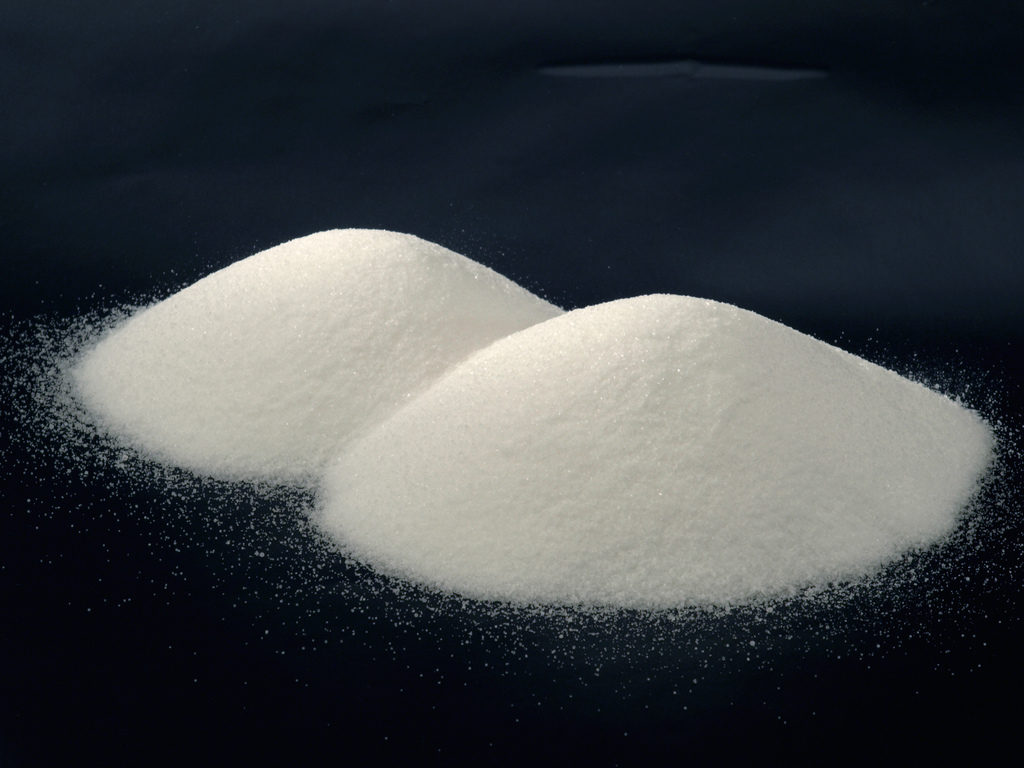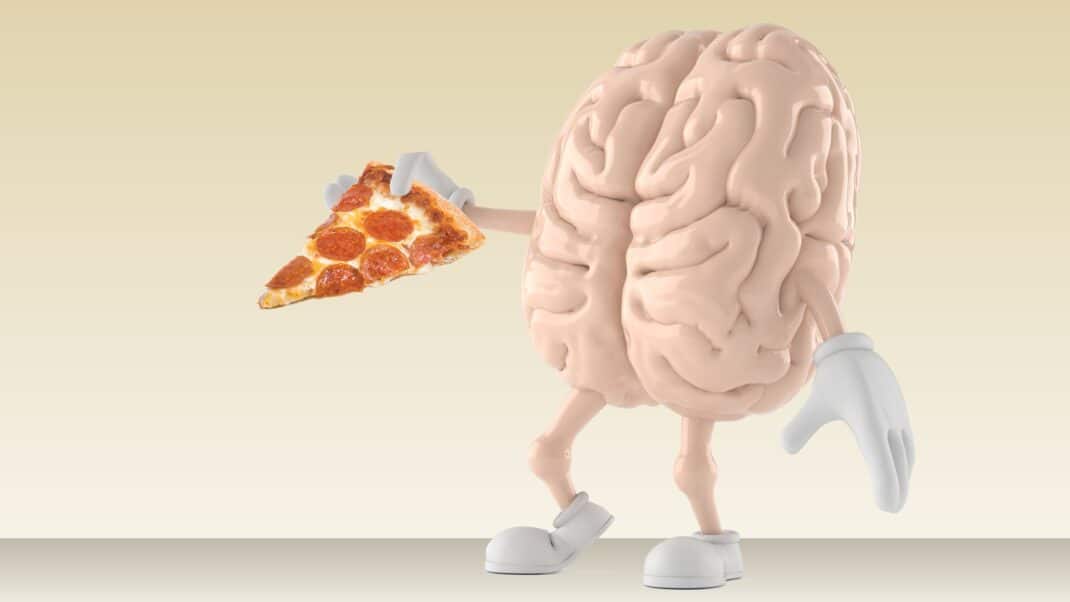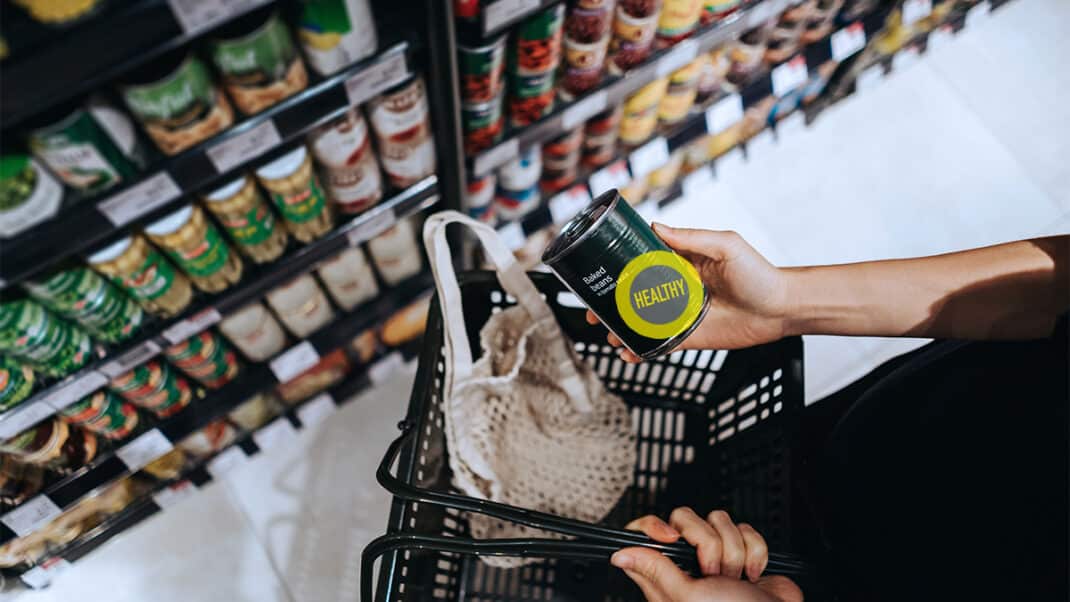Which is Worse for HBP and CVD: Sugar or Salt?

If your answer to the question in the headline was “salt,” you are wrong, say authors of a published study in the online journal Open Heart [doi: 10.1136/openhrt-2014-000167]. Added sugars, particularly fructose, in processed foods are likely to have a greater role in high blood pressure, heart disease and stroke than added salt.
The American Heart Association defines added sugars as “sugars and syrups that are added to foods or beverages during processing or preparation” and says that “names for added sugars include agave syrup, brown sugar, corn sweetener, corn syrup, sugar molecules ending in ÔÇÿose’ (dextrose, fructose, glucose, lactose, maltose, sucrose), high-fructose corn syrup, fruit juice concentrate, honey, invert sugar, malt sugar, molasses, raw sugar, sugar and syrup.”
The average American consumes 24-47 teaspoons of added sugars per day, according to the study authors. This is well above the AHA-recommended daily intake of 6 teaspoons per day for women and 9 per day for men.
In the fight to curb the prevalence of CVD, dietary guidelines should emphasize the role played by added sugars, insisted the authors in their paper “The Wrong White Crystals: Not Salt but Sugar as Aetiological in Hypertension and Cardiometabolic Disease.” Dietary approaches aimed at lowering high blood pressure have historically focused on cutting salt intake. But the potential benefits of this approach “are debatable,” the authors stated. This is because the average reduction in blood pressure achieved by restricting salt intake tends to be relatively small, and there is some evidence to suggest that 3-6 grams of salt daily may be optimal for health, and that intake below 3 g may actually be harmful, according to the report.
Most salt in the diet comes from processed foods, which also happen to be a rich source of added sugars, the authors pointed out. “Sugar may be much more meaningfully related to blood pressure than sodium, as suggested by a greater magnitude of effect with dietary manipulation,” they observed.
“Compelling evidence from basic science, population studies and clinical trials implicates sugars, and particularly the monosaccharide fructose, as playing a major role in the development of hypertension [high blood pressure],” the authors added. “Moreover, evidence suggests that sugars in general, and fructose in particular, may contribute to overall cardiovascular risk through a variety of mechanisms.”
The paper emphasized that naturally occurring sugars found in fruit and vegetables are not harmful to health. “Just as most dietary sodium does not come from the salt shaker, most dietary sugar does not come from the sugar bowl; reducing consumption of added sugars by limiting processed foods containing it would be a good place to start,” said the authors. “The evidence is clear that even moderate doses of added sugar for short durations may cause substantial harm,” they cautioned.
PHOTOGRAPHY: Dubravko Sori─ç and Uwe Hermann
Sandy Todd Webster
For 22 years, Sandy Todd Webster was the chief architect of IDEA's content program - including the award-winning IDEA FITNESS JOURNAL and IDEA FOOD & NUTRITION TIPS - the industry's leading resources for fitness, wellness and nutrition professionals worldwide. She created, launched and nurtured these brands and many others during her productive and purposeful IDEA tenure. Sandy is a Rouxbe-certified professional plant-based cook and a Precision Nutrition Level 1 Coach who is pursuing a Master's degree in Sustainable Food Systems through The Culinary Institute of America (expected August 2024). She plans to combine these passions with her content expertise to continue inspiring others to make the world a more just, healthy and regenerative place.





